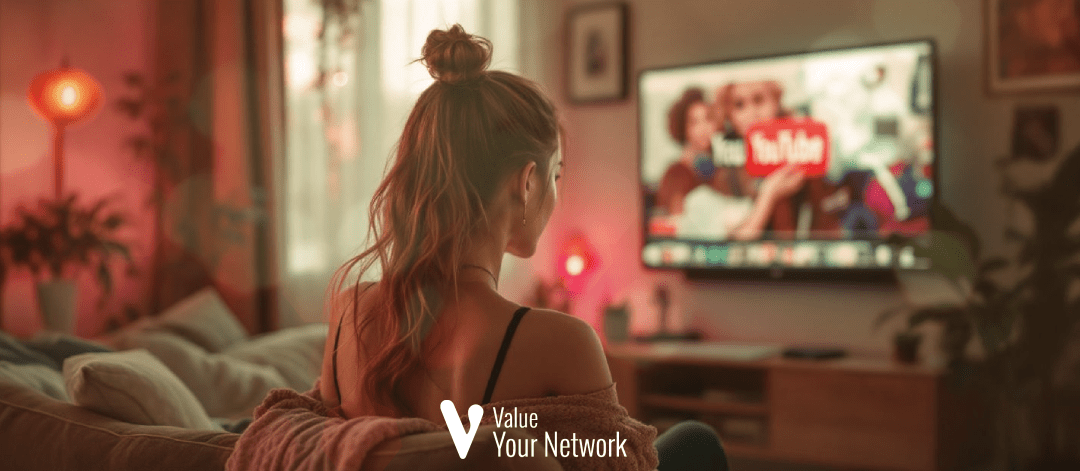Find out why YouTube is now the number one TV channel in France, surpassing traditional channels with record audiences and innovative formats.
With its meteoric rise over the last two decades, YouTube has established itself as a key player in the audiovisual landscape in France. According to Médiamétrie figures, the platform has surpassed the major French television channels in terms of audience and engagement, becoming an essential media for millions of French people. This turning point reflects a major change in audiovisual consumption habits, where interactivity and diversity of content play a central role.
YouTube, the number one choice of the French
YouTube was recently declared the “leading television channel in France” by Justine Ryst, general manager of YouTube France. This statement is backed by impressive numbers. Last May, YouTube registered 42.6 million users aged 15 and over, surpassing the audiences of traditional television channels. Among 15-49 year-olds, a demographic sought after by advertisers, the platform also dominates overwhelmingly.
The French spend an average of 41 minutes per day on YouTube, demonstrating the craze for a personalized viewing experience accessible from various screens, including smartphones, connected televisions and computers.
A multi-screen platform in full mutation
While YouTube was historically associated with smartphone consumption, usage is changing rapidly. Today, the television has become the second most used screen for watching YouTube in France. This phenomenon can be explained by the rise of long and immersive content adapted to the big screen.
The platform now offers videos optimized for TVs, an initiative that's part of a broader strategy to conquer the traditional audiovisual space. Content creators are also adapting to this new reality by diversifying their formats to captivate an increasingly wide audience.
The success of various formats on YouTube
One of YouTube's major strengths is its ability to offer a diversity of formats. Whether it's short videos with "shorts", vertical content or even long documentaries, YouTube meets the expectations of all audiences. These innovations allow the platform to remain competitive against competitors such as TikTok or Instagram.
Shorts, for example, launched to compete with TikTok's short videos, quickly won over users. In just three years, this format has generated 70 billion daily views worldwide. This massive adoption is a testament to the effectiveness of YouTube's multi-format strategy.
A key player for traditional media
Although YouTube dominates the digital market, the platform does not necessarily position itself as a direct competitor to traditional television channels. On the contrary, it promotes strategic collaborations. Media outlets such as Arte, TF1 and France Télévisions have invested massively in exclusive content for YouTube, demonstrating the complementarity between these two worlds.
Iconic figures of French television, such as Élise Lucet or Claire Chazal, have also launched their own YouTube channels, marking a significant rapprochement between the digital universe and the traditional audiovisual landscape.
A cultural and technological revolution
The emergence of YouTube as a leader in the audiovisual landscape in France reflects a profound cultural transformation. Viewers are now looking for varied, interactive content that is accessible at all times. YouTube meets these expectations thanks to a plethora of offers, powerful algorithms and unparalleled accessibility.
The platform has also enabled a new generation of creators to thrive, offering a credible alternative to traditional media. With hits like Inoxtag’s documentary “Kaizen,” watched by millions, YouTube is proving it can compete with the biggest TV productions.
What you need to remember
YouTube is more than just a video site. video sharing. With record audiences, a diversification of formats and an increased presence on televisions, the platform is establishing itself as a major player in television in France. This success is based on its ability to innovate and meet the changing expectations of viewers. As YouTube prepares to celebrate its 20th anniversary, its impact on the French audiovisual landscape continues to grow, redefining the way content is produced and consumed.

